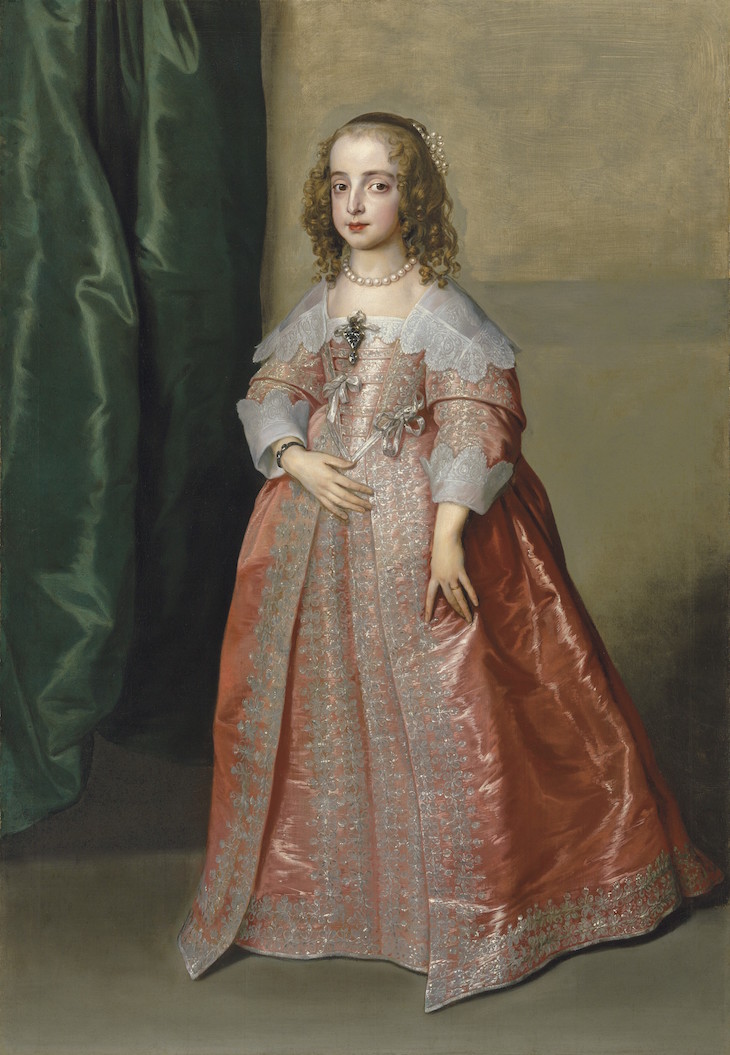A round-up of the best works of art to enter public collections recently
Metropolitan Museum of Art, New York
Two Trees (2017), Peter Doig
Doig’s large-scale landscape depicts the view eastwards from his home in Trinidad, where the Scottish painter grew up, and where he has lived since in the 2000s. The hazy shapes of a distant continent, which seems to be located beyond the rising moon, are intended to evoke memories of the forced migration from Africa that has shaped the island’s Creole traditions. The painting enters the Met’s collections as a gift from George Economou.
National Gallery, London
Venus and Cupid (1529), Lucas Cranach the Elder
Cranach increasingly turned to mythological scenes during the 1520s, as the Protestant Reformation movement led to a decline in demand for religious painting. This is the second depiction of Venus with Cupid to enter the National Gallery’s collection, allowing for comparison of how the German painter subtly altered his approach to the same subject; this new acquisition is probably the later of the two paintings.
Venus and Cupid (1529), Lucas Cranach the Elder. Photo: © National Gallery, London
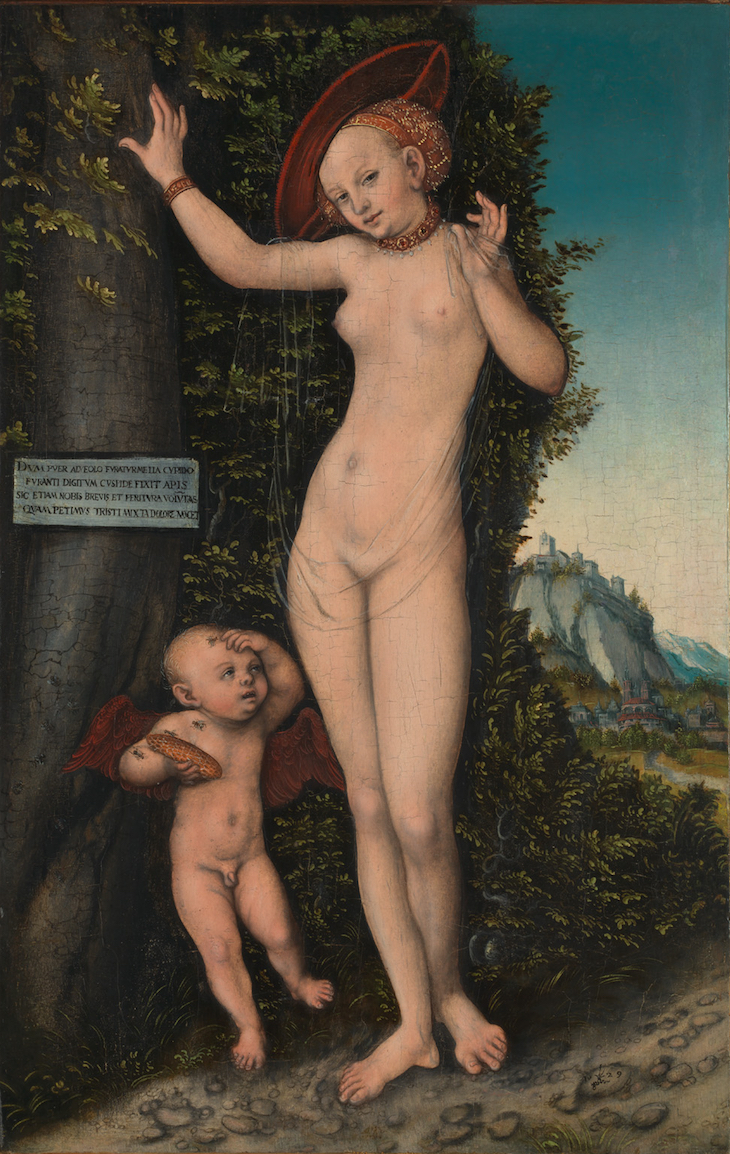
Centraal Museum, Utrecht
The Wedding of Cupid and Psyche (1601–03), Joachim Wtewael
The Dutch Mannerist painter Joachim Wtewael was famous in his day for his miniature mythological scenes, painted in painstaking detail on copper. This work, with its crowd of revelling gods crammed on to a plate just 20.5cm wide, is one of his masterpieces; it has been coveted by the Centraal Museum since 1933, and was finally acquired for £5m (with funding from several state institutions) at a Sotheby’s auction in New York.
The Wedding of Cupid and Psyche (1601–03), Joachim Wtewael Centraal Museum, Utrecht
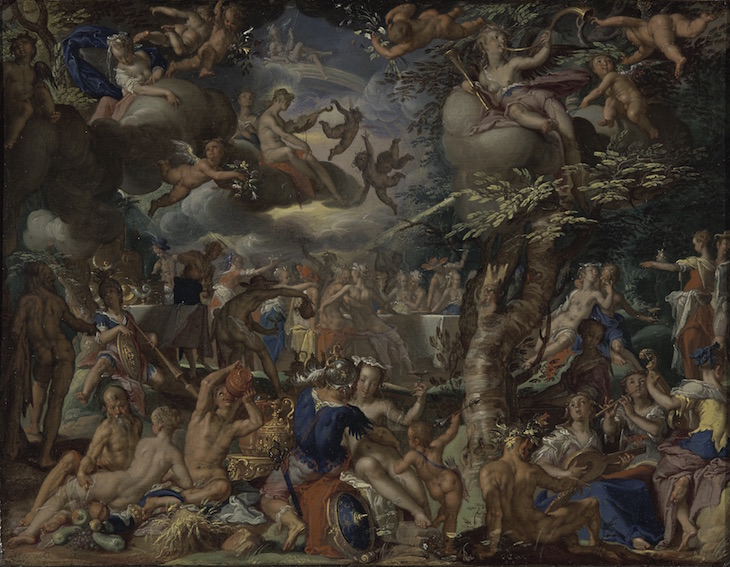
Louvre Abu Dhabi
Study of the figure of Christ (c. 1648–56), Rembrandt van Rijn
This work, the first Rembrandt to enter a public museum in the Gulf region, belongs to a series of oil sketches known as the ‘Face of Jesus’ group, of which a six others have survived. In this series the Dutch artist radically broke from conventional representations of the saviour in grand narrative scenes to present intimate portraits of Christ, emphasising his humanity and pathos. It is thought that Rembrandt painted these works from life, with the model a young Sephardic Jew who lived in his neighbourhood.
Head of a young man, with clasped hands: Study of the figure of Christ (c. 1648–56), Rembrandt van Rijn. Louvre Abu Dhabi
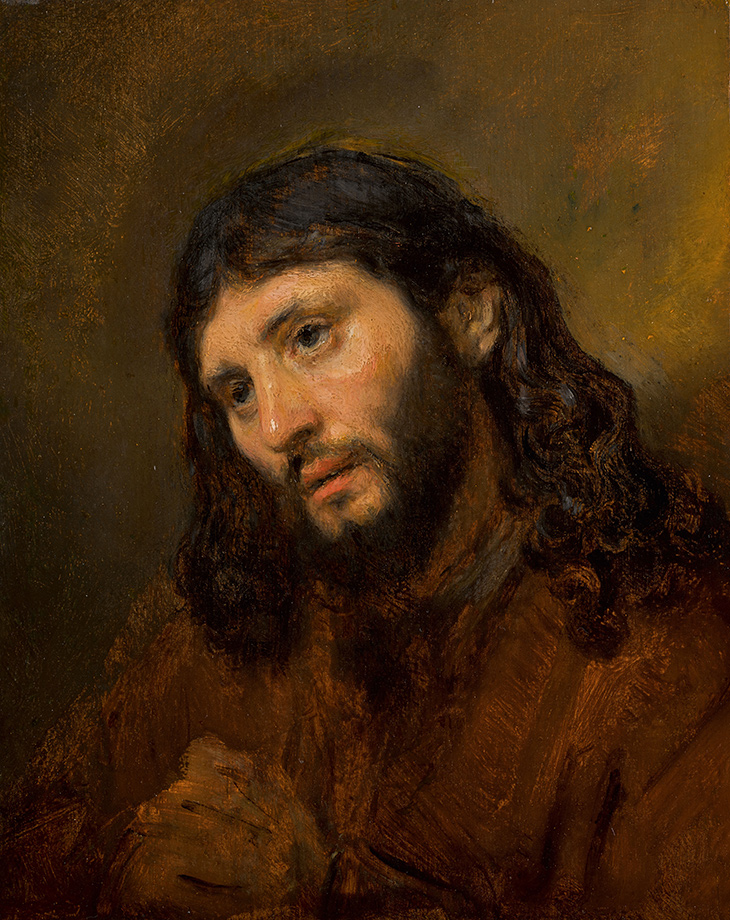
Whitney Museum of American Art, New York
American Totem (1960), Norman Lewis
American Totem is part of a small series of paintings in black and white created by Norman Lewis in the 1960s, in tandem with the burgeoning Civil Rights Movement. The shadowy totem depicted here evokes the distinctive garb of the Ku Klux Klan. Fusing politics with abstraction, the work signals Lewis’s departure from the conventions of the New York School with which he was associated (and which is the subject of a forthcoming exhibition at the Whitney, where the painting will be featured).
American Totem (1960), Norman Lewis. Photo: Courtesy Michael Rosenfeld Gallery LLC, New York, NY; © Norman Lewis

Liebieghaus, Frankfurt
A large group of 16th- and 17th-century ivory sculptures
Beginning in the 1960s, the 94-year-old collector Reiner Winkler amassed one of the most extensive private collections of baroque and rococo ivory sculpture in the world. The works acquired by the Liebieghaus – more than 200, the largest single addition to its collection in history – range from freestanding statuettes, group sculptures and reliefs to decorative objects such as medallions and tankards. They include this depiction of Fury on a Leaping Horse from 1610.
Fury on a Leaping Horse (1610), Master of the Fury. Photo: Liebieghaus Skulpturensammlung

British Museum, London
Di-faced tenner (2004), Banksy
The first work by Banksy to officially enter the collection of the British Museum dates to 2004, when the artist circulated forged banknotes, featuring the face of Princess Diana, at Reading Festival. It joins the extensive collection of currency both real and spoof at the museum.
Di-faced tenner (2004), Banksy. Courtesy of Pest Control Office; © Banksy
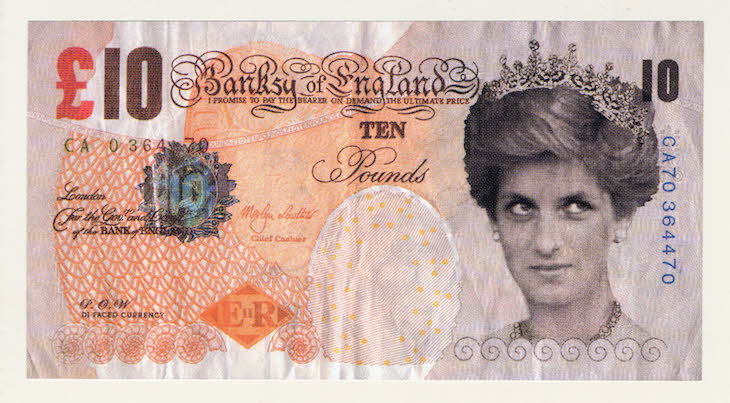
Museum of Fine Arts, Budapest
Wedding Portrait of Princess Mary Henrietta Stuart (1641), Anthony van Dyck
Completed in the final year of Van Dyck’s life, this painting depicts the eldest daughter of Charles I on the occasion of her marriage to the future William II, Prince of Orange. Mary Henrietta Stuart is nine years old in the portrait; she wears a wedding ring on her left hand, and on her dress is a large brooch that her husband offered as a wedding present. The €6.6m purchase at a sale at Christie’s, funded entirely by the Hungarian government, is the museum’s most valuable acquisition in more than a century.
Wedding Portrait of Princess Mary Henrietta Stuart (1631–60) (1641), Anthony van Dyck. Museum of Fine Arts, Budapest
